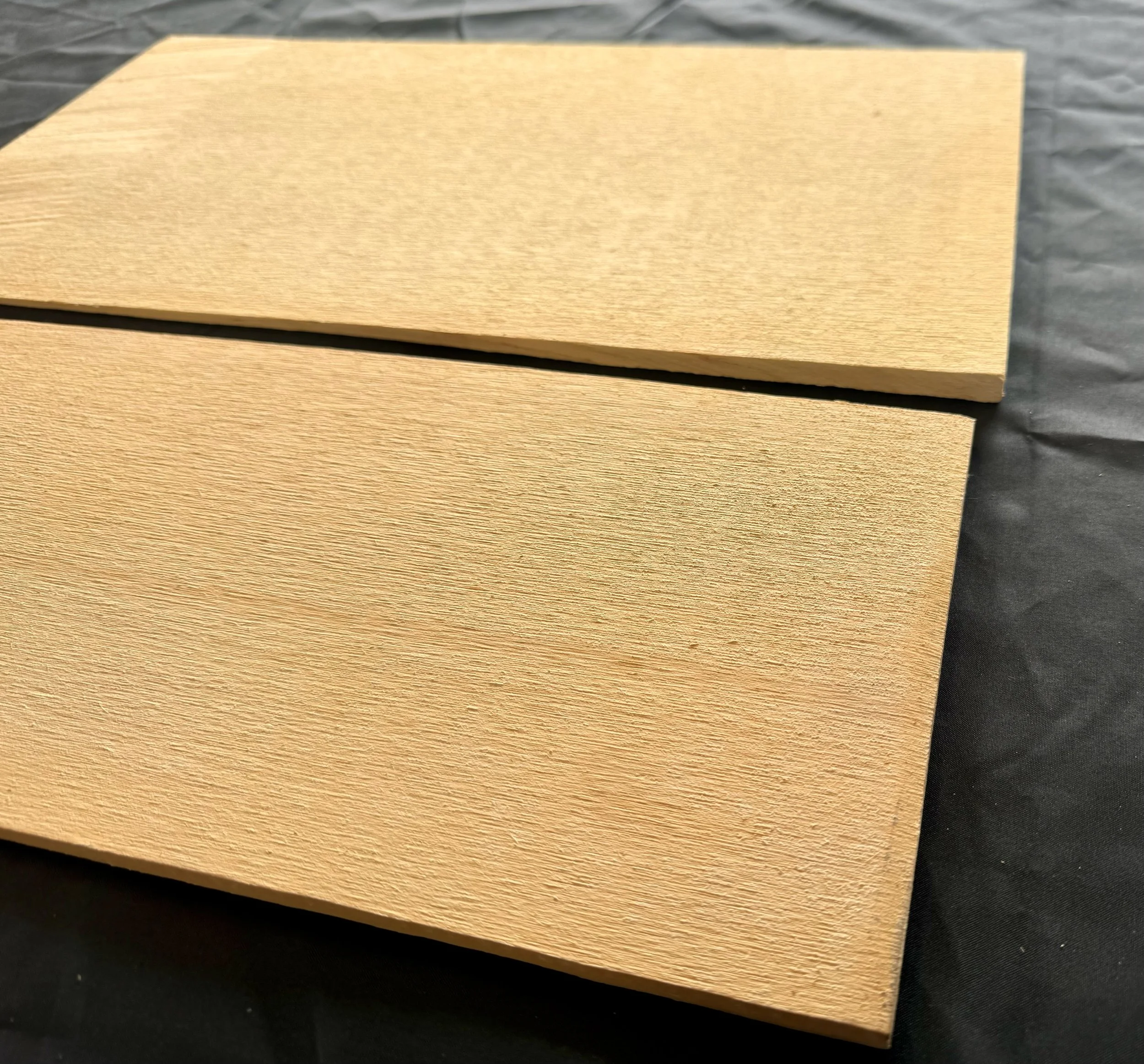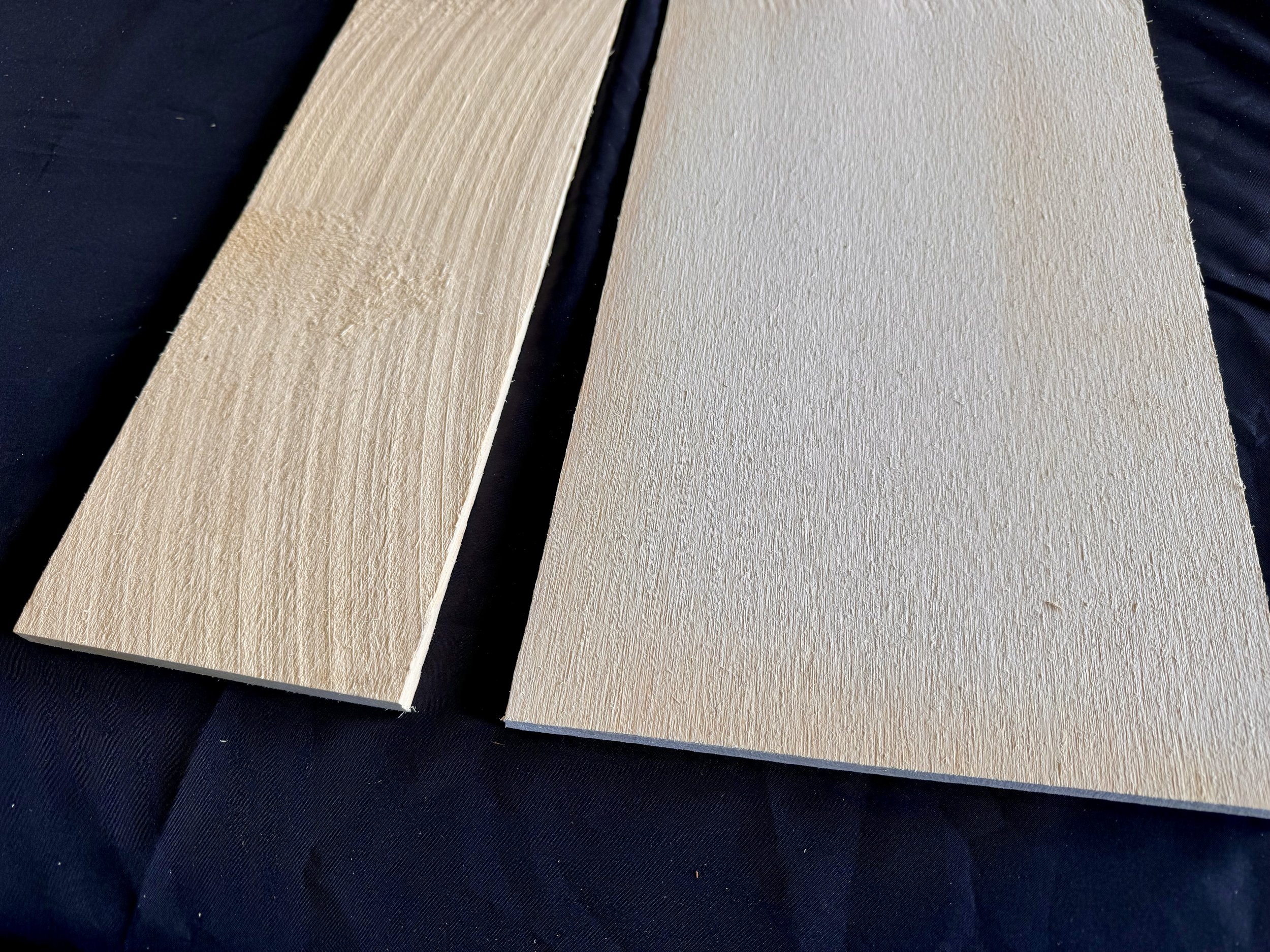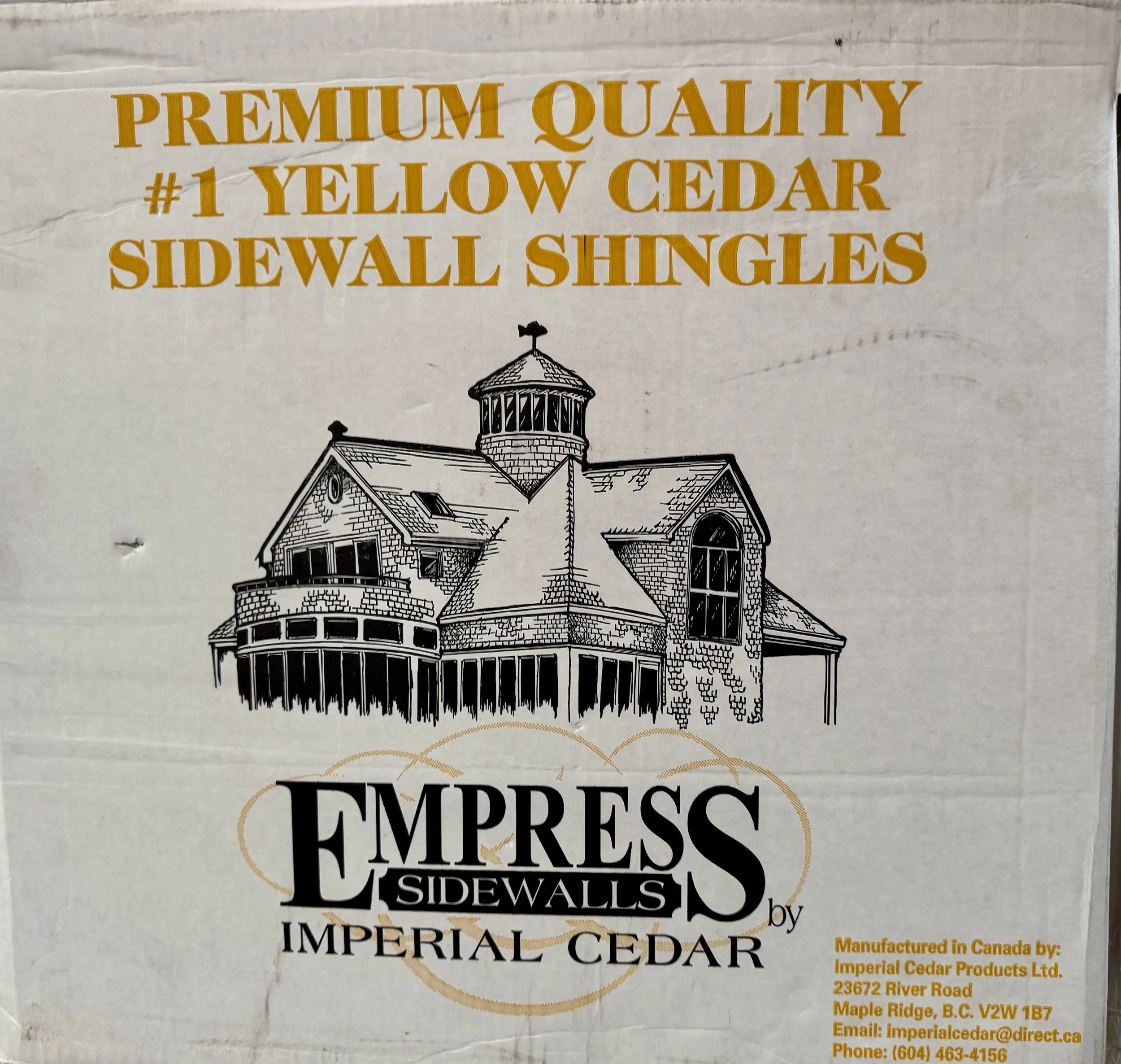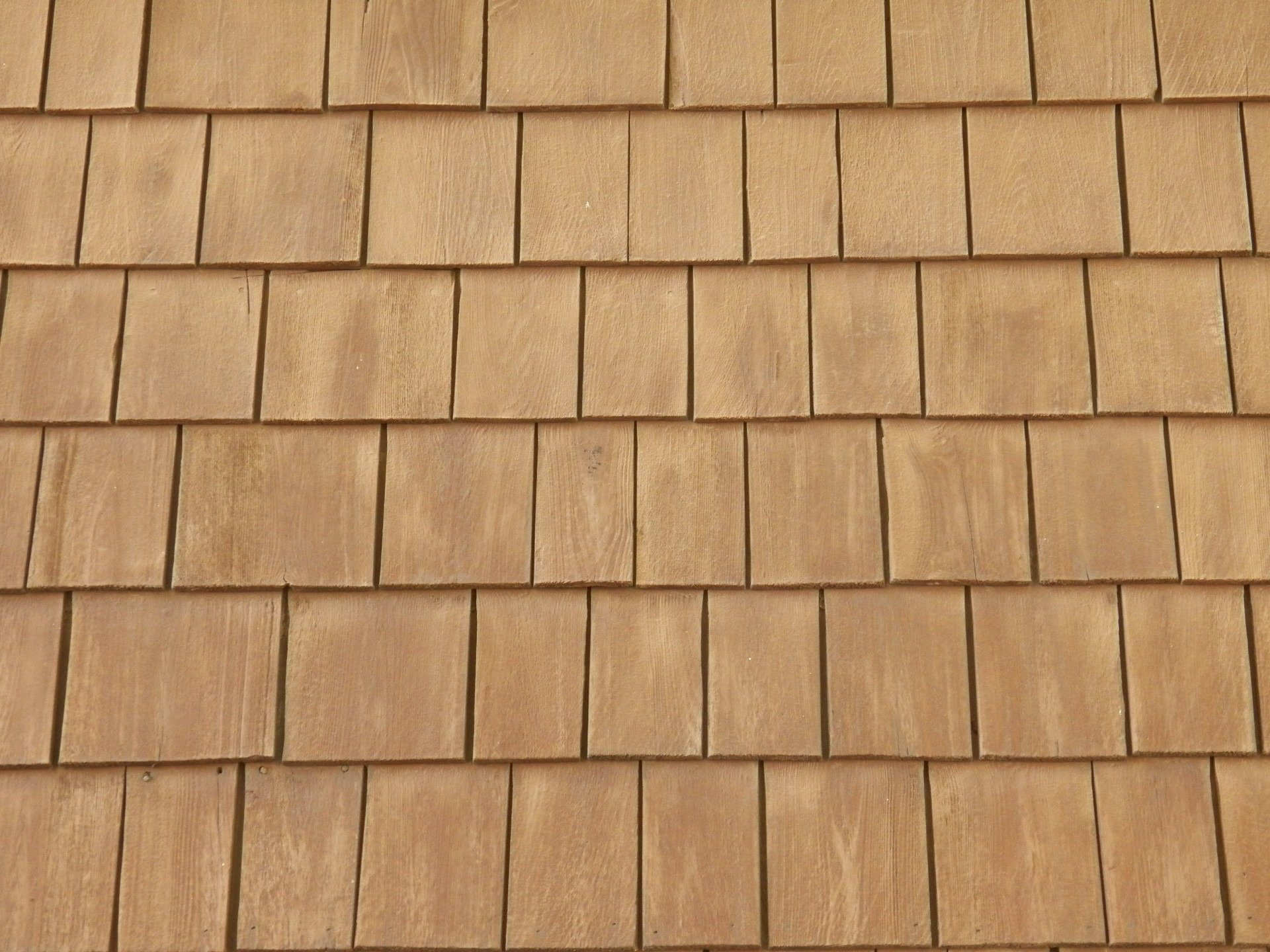
PRODUCT GUIDE
Alaskan Yellow Cedar
Alaskan Yellow Cedar shingles
These shingles are an architectural dream. Milled for sidewalls and gable ends, they weather to a perfect gray and can withstand the toughest environments.
Alaskan Yellow Cedar shingles are either green or kiln-dried and R&R (rebutted and re-squared). They tend to be heavier than their Western Red Cedar cousins, and also have a slightly different odor.
Grades
The Cedar Shake and Shingle Bureau’s standards for Alaskan Yellow Cedar (green) shingles includes:
No. 1 (Blue label): These are not allowed to have any flat grain and must be made of heartwood. No. 1 shingles also have a minimum number of grains per inch, which ensures that the shingles are resilient to the elements for decades.
No. 2 (Red label): These have some flat grain, to show off the texture of the cedar.
No. 3 (Black label): These may be used as an under course for roofing.
No. 4 (Green label): These may only be used as a sidewall under course or a builder’s shim
Sizes
Available lengths:
24”
18”
16”
Quantity
Shingles are usually sold by the bundle and require 4 bundles for every 100 square feet of coverage. Precise recommendations for exposure vary with roof slope and shake size.
Typically, 16” shingles have a 5” exposure; 18” shingles have a 5.5” exposure; and 24” shingles have a 7.5” exposure. Installation exposure on a sidewall can vary — in some cases, less wood can be used for greater coverage.
What else to look for
Edge trimming (single or double). This saves installation time and gives a more uniform look to the finished roof.
Wood origin. This can affect the quality of wood fibers and the color spectrum for the wood.
Mill warranty. Some mills offer a 55-year warranty on their wood when properly installed.
Local code requirements. These dictate treatments (such as for fire) and installation specifications.
Alaskan Yellow Cedar shakes
While hand-split shakes are available, the most popular type of Alaskan Yellow Cedar shakes are taper-sawn. These function especially well in high-humidity climates and are extremely durable and hail-resistant.
Green shakes are freshly cut and sold in bundles. These can be left to weather naturally. They can also be fire-treated and CCA-treated for greater durability.
Grades
The Cedar Shake and Shingle Bureau’s standards for taper-sawn Alaskan Yellow Cedar shakes includes:
No. 1 (Blue label): These are 100% vertical grain and must be made of heartwood. No. 1 shakes also have a minimum number of grains per inch, which ensures that the shakes are resilient to the elements for decades.
No. 2 (Red label): These have some flat grain, to show off the texture of the cedar.
No. 3 (Black label): These may be used as an under course for roofing.
No. 4 (Green label): These may only be used as a sidewall under course or a builder’s shim.
Sizes
Available lengths:
24”
18”
Available thickness:
⅝”
⅞”
Typically, green shingles are sold in contractor bundles, which are 5 bundles per 100 square feet, at a standard exposure.
Accessories
Don’t forget about shake hip and ridge for roofing applications
A cedar breather may be required or desirable for high-humidity applications
What else to look for
Edge trimming: Most shingles are edge trimmed, but if not done with precision, the edges can sometimes peel. This has no effect on the shingle life, but may require extra work from the contractor to get them squared.
Tightness of grains: Very tight grains are ideal for the long life of shingles, but wider grains can be acceptable for under course material.
Meet our latest featured product:
Alaskan Yellow Cedar shingles with bleaching oil.
Standard R&R single (left), sanded shingle (right)
Standard shingles at a 14” exposure
These shingles are sourced from Empress
Sanded shingles in sunlight, left out of the box.
These will weather over time to gray.
Compare cedar species and their applications
WESTERN RED CEDAR
The most popular species of wood used for shakes and shingles, a rich red-brown color throughout with a timeless appearance.
EASTERN WHITE CEDAR
Wonderful for sidewall installation, this species has a flat grain and a bright, clean appearance often seen in coastal homes.
ALASKAN YELLOW CEDAR
A dense wood known for its durability, it offers a clean and consistent appearance. It naturally ages to a beautiful silver.











